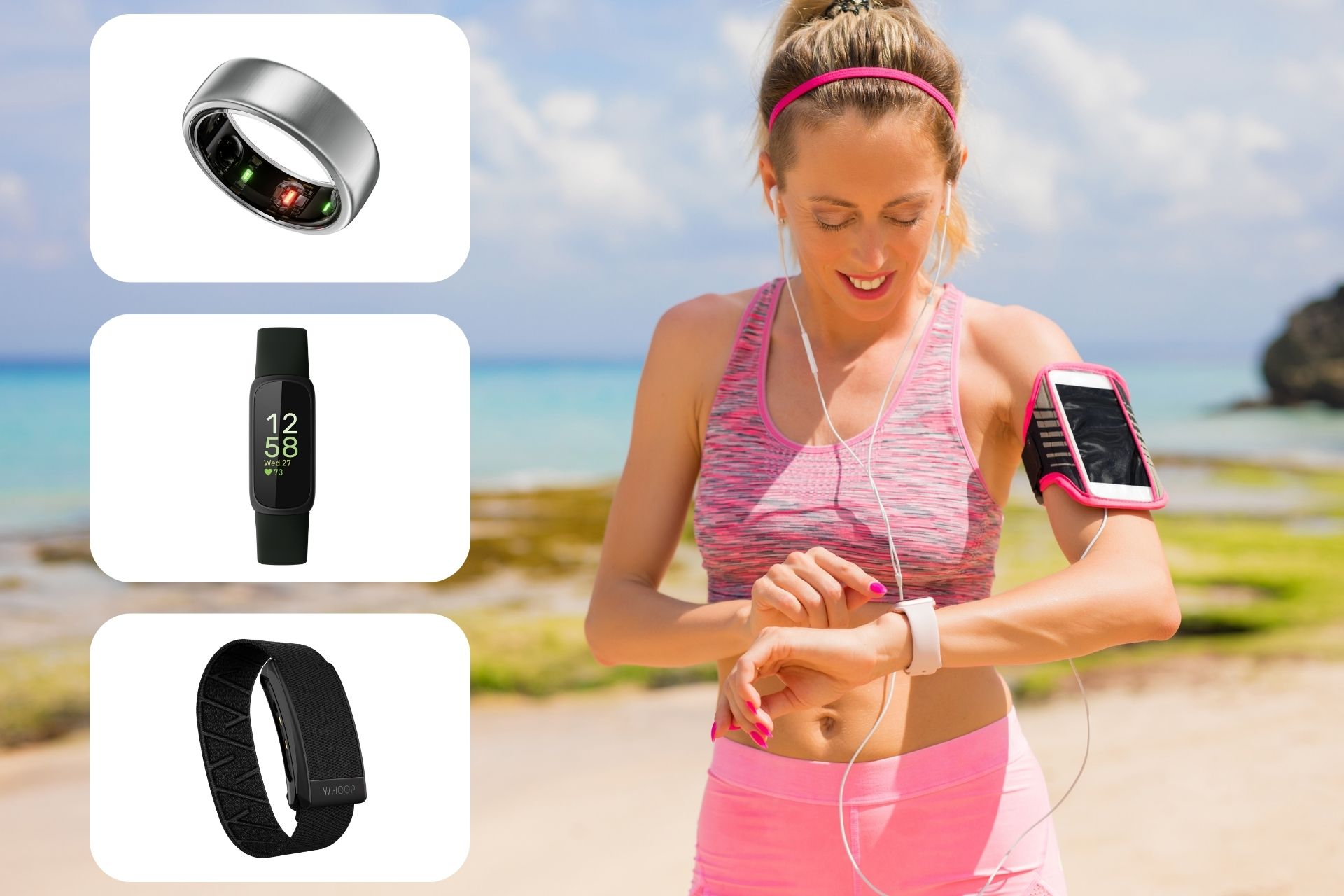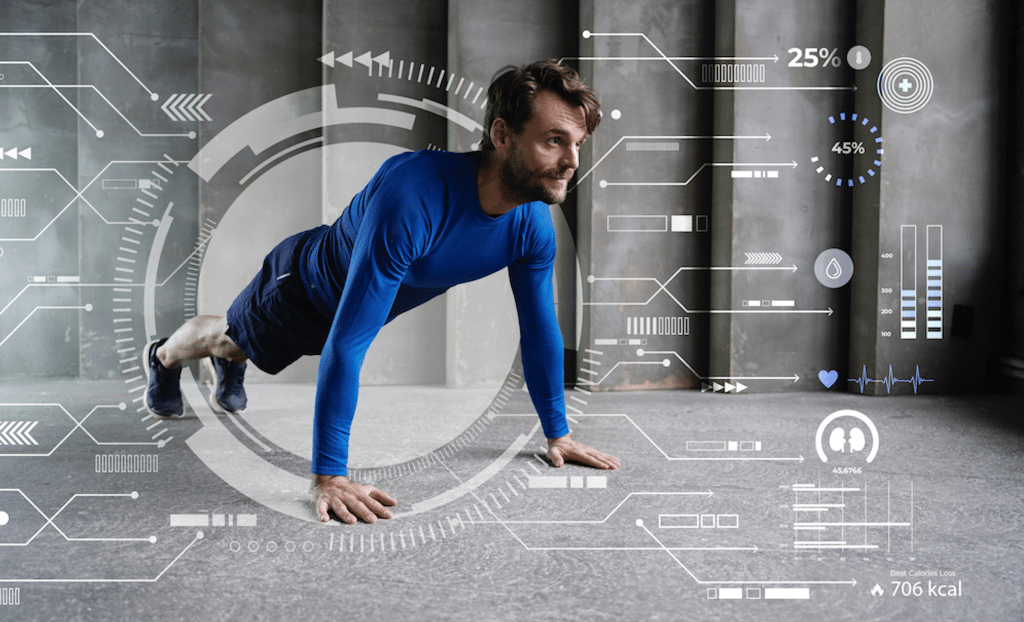
The past few years have seen technology and fitness merge more symbiotically than ever. The revolution has its genesis at the center supported by the advent of biometric sensors in typical fitness equipment—something that is changing the way we monitor, understand, and optimize our health.
What Are Biometric Sensors?
Finally, biometric sensors are extremely advanced tools that are able to detect and track physiological body data. They track a broad range of indicators such as:
- Heart rate (HR)
- Blood oxygen saturation (SpO₂)
- Breathing rate
- Skin temperature
- Heart rate variability (HRV)
- Electrodermal activity (EDA)
- Body movement and posture
Revolutionary in this regard is the manner in which they can supply live, ongoing feedback, making one more aware of the way our bodies respond to varied activity—post-hike exercise or even mere one night’s sleep.
How They’re Integrated into Fitness Equipment
Let us then examine how these sensors are being incorporated into our everyday lives—literally and figuratively.
1. Smartwatches and Fitness Bands
These are the most ubiquitous wearable tech forms. Pagers such as the Apple Watch, Garmin, and Fitbit integrate optical heart rate monitors and accelerometers to present instant health feedback.
2. Smart Rings
Sleek but robust, intelligent rings such as the Oura and Ultrahuman employ biometric sensors to monitor sleep, readiness, recovery, and more—directly from your finger.

3. Smart Clothing
Smart clothing is an emerging area, with sensors being embedded in clothing to monitor breathing rates, muscle use, and even hydration. Hexoskin and Athos are at the forefront.
4. VR Fitness Equipment
Some high-end VR headsets and controllers include biometric sensors, allowing experience-based workouts that react to real-time body data.
Why Biometric Sensors Are Important in Fitness
Adding biometric data to fitness equipment is not just about keeping score—it’s about making smarter, safer, and more personalized workouts. Here are the reasons why they’re important:
- Prevent Overtraining: Monitoring HRV and recovery data prevents injury and burnout.
- Improve Performance: Adjusting exercise based on present heart rate or oxygen saturation offers better results.
- Facilitate Recovery: Biometric information directs consumers when to rest or exert.
- Monitor Stress and Sleep: Sleep monitors and EDA assist mental health and recovery stages.
Secondly, the majority of fitness apps today also consider long-term biometric trends, giving customers not only raw data, but also actionable advice aligned with their goals.

The Future Outlook
In the future, the role of biometric sensors will also be enhanced. With improvements in machine learning and AI, future devices will not only monitor health trends but can forecast potential health issues even before they occur.
Moreover, in the coming near future, biometric data will also tend to become increasingly integrated with telemedicine, and this will allow medical professionals to remotely monitor patient vitals and provide more accurate, data-driven care.
In short, the advent of biometric sensors in exercise equipment signals a new dawn for personal performance and health. With these technologies themselves continuing to change, users are made smarter, more empowered, and more encouraged to make a healthier decision.
As a casual walker or competitive sportsman or woman, incorporating equipment with biometric sensors can elevate your fitness journey to the next level.


